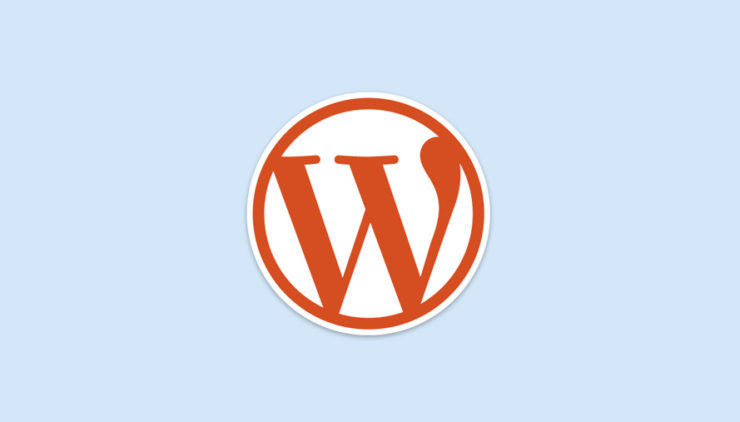WordPress has a global userbase of over 70 million websites and counting. But, it wasn't always this way.
The early days of WordPress were geared toward blogging sites.
WordPress began as a simple blogging platform. Version 1.5, released in February 2005, featured a limited set of data structures designed around a typical blog configuration: you could create static pages and blog posts, manage comments, and create customized templates.
Within months, it had gained a large market share and widespread approval for its customizability. Any developer could create a package of PHP, CSS, and image files that defined a unique visual style called a "theme" and apply that theme to any WordPress site. Besides themes, WordPress also boasted a plugin architecture that made developing functional, distributable plugins relatively easy.
For the next six years, the development community focused on performance, security, and expanding the plugin and theme architecture. WordPress became the most popular content management system during this time.
We developed Mimik IMS to allow content managers to manage their own business sites.
At The Ivy Group, however, we were dissatisfied with WordPress’ early inflexibility and limitations, only developing a couple of sites in WordPress through 2009. We were similarly unimpressed with Joomla and Drupal, the next two most popular content management systems. Although more powerful than WordPress, they were riddled with bugs and proved far more difficult to customize.
Instead, we developed our own program, dubbed Mimik Information Management System (IMS), a versatile advanced data management system (page content being one kind of data) that made it possible to support customized, interrelated data structures.
Our web development process is based on high-end custom visual design, smart integration with our clients' marketing strategy, and custom information architecture that serves our clients' business model. Instead of wrangling with WordPress's page/post model, we were able to define and manage structures like "Staff Members", "Departments", "Social Media Channels", and "Slideshow Images". Each data structure could have multiple display views with unique HTML/CSS markup and styling; for example, Staff Members could have both a list-style view and a grid-style view, manageable from the admin console. Each Staff Member could be assigned to a Department directly in the admin console, and each Department could have its own page template that pulled all Staff Members in either list or grid format.
Most importantly for our clients, the Mimik admin console allowed them to manage data based on how it is structured. For example, if a user chose to edit an entry in the Staff Members form, she would be presented with data fields including the person's name, title, and contact information and a dropdown list pre-populated with all of the department names as defined in the separate Departments form. Fields had helpful notes attached describing how to enter data (like recommended image dimensions) and could be tagged as required inputs. The admin didn't have to think about markup, styling, or layout; she just had to think about her organization's data.
All of the high-powered web wizardry (responsive design, content ordering and grouping, etc) was handled in the template code, safely hidden from the admin user. It took our clients some getting used to but in time they embraced the concept of separating content from the pages in which the content appeared.
We published over two-dozen websites using Mimik in a few short years, ranging from small local businesses to regional healthcare providers to national non-profits. We built a custom search tool that integrated with Mimik's content and other third-party systems. We deployed a permission-based secure document repository on Mimik with only minor code changes. We created AJAX-based interfaces and mobile-responsive websites. We integrated Mimik with a legacy inventory system older than half of our staff members and are darn proud of it.
But then, we turned to WordPress.
Why? In mid-2010, WordPress started catching up to Mimik in the one key area that prompted us to build Mimik in the first place: custom data structures. Version 3.0 gave developers the ability to define "custom post types", menus, and taxonomies (aka custom categorization), breaking the old page/post model. Further improvements to this architecture and the launch of a few key plugins like Advanced Custom Fields have made WordPress as powerful as Mimik in its ability to define and manage disparate and interrelated sets of information.
Add these new abilities to WordPress’s already best-in-class support community and library of free themes and plugins, and WordPress has become The Ivy Group’s content management system of choice. Is WordPress the right system for your site? Get in touch and find out!
Category: Web & Technology
Tags: content management, websites, wordpress




